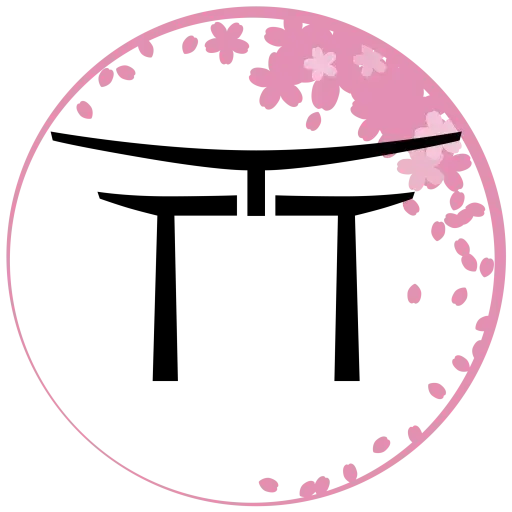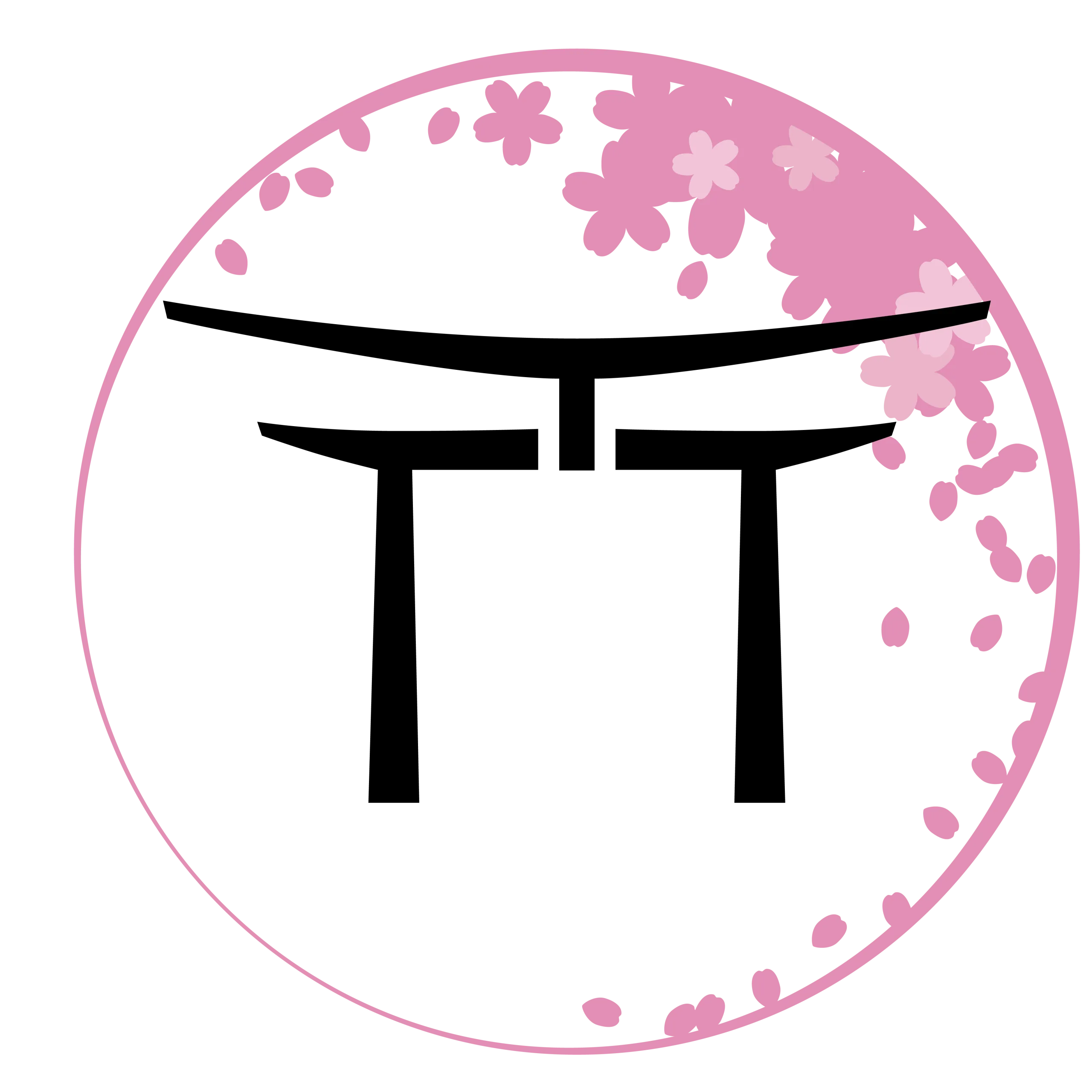When is the Best Time to Visit Japan with Kids and What to Pack
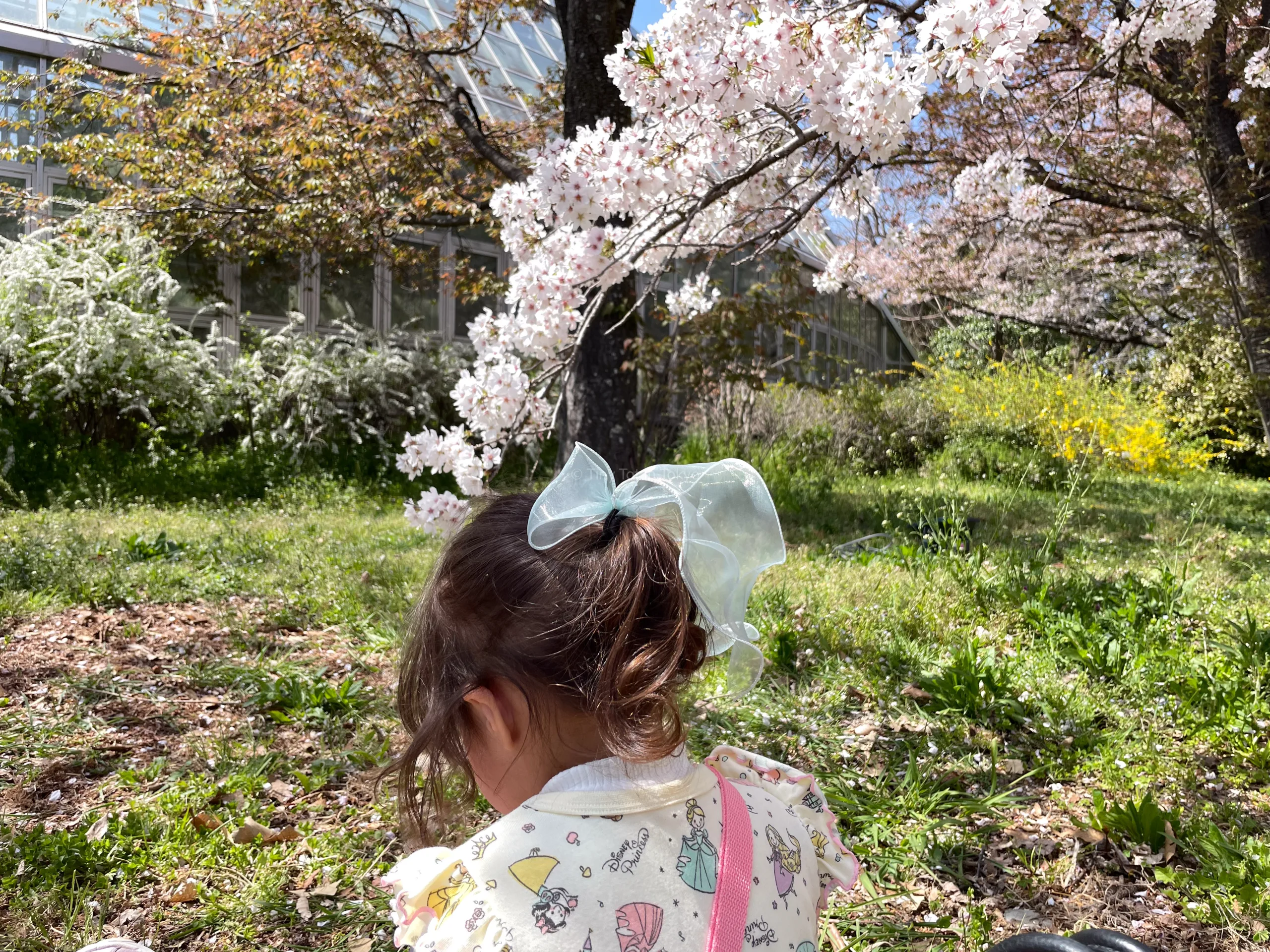
Last Updated on November 13, 2025 by Kay
This post may contain affiliate links, meaning I may earn a small commission on any purchases through those links at zero additional cost to you. Whatever I make goes to keeping this website running and I am forever grateful for the support. See my Privacy Policy for more information.
Japan is a beautiful country to visit and travel throughout the year.
Well, usually.
For the best experience, it’s important to keep Japan’s national holidays, school holidays, and seasons (as well as weather) in mind.
In this article, I’ll be sharing my experience as a 15+ year resident on when to travel in Japan with kids, what to keep in mind, and what to pack.
Personally, I feel that the best time to visit depends on what you’re looking for and planning to do. For instance, if you want to see cherry blossoms, then spring is best while fall has beautiful autumn foliage. For those who like snowy activities, visiting Hokkaido in winter might be best.
If I were visiting the main island in Japan (Honshu, so places like Tokyo, Osaka, and Kyoto), I would come in the fall or winter, but that’s just me.
Hopefully after reading this article, you’ll have a better idea about when to travel with your family in the country and what to prepare for.
Table of Contents
National Holidays in Japan
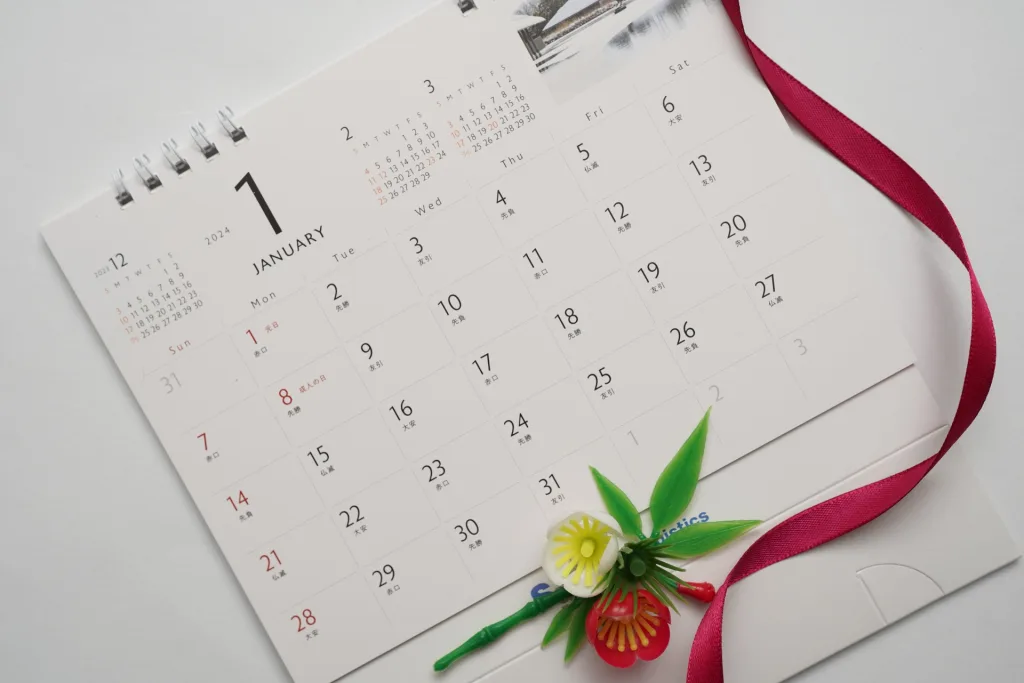
National holidays are very busy and best to be avoided.
In particular, Golden Week, Obon, Silver Week, and New Year’s are popular travel times for locals in Japan. This means trains are full and highways are packed. Attractions such as Tokyo Disneyland and Universal Studios Japan, as well as restaurants, are also filled with people, meaning long wait times.
The exact dates of these holidays change every year but people tend to take days off before the holidays start or even after to help avoid congested places. (But this leads to places being busier than usual anyway!)
Golden Week
Golden Week is a series of national holidays that runs from April 29th to May 5th. This is probably the busiest holiday season in Japan since it’s the longest, and some people even take days off before and after to stretch their vacations.
Learn more about traveling during Golden Week.
Obon
Obon is a time in Japan when people pay their respects to family members who have passed away. This means they tend to return to their hometown and many companies give days off for this.
Obon is in mid-August.
Silver Week
Silver Week is a shorter period than Golden Week, so it’s not as busy, but there are still lots of people out and about.
This holiday is around mid-September.
New Year’s
The New Year’s period is when people go home for the holidays. It’s almost like the Christmas season in the West!
This runs from the very end of December (around the 29th or so) until the first week of January.
Expect many restaurants and attractions to be closed on January 1st.
School Holidays in Japan
School holidays are in summer (around the end of July to the end of August), winter (around the end of December to the end of the 1st week of January), and spring vacation (end of March to the end of the first week of April).
These vacation periods apply not only to kids in primary and secondary school but also to preschool! University students tend to have these periods off as well. This is why it’s hard to give exact dates because it varies depending on the school level, prefecture, etc.
Expect any place that kids enjoy visiting to be very crowded, such as Tokyo Disney.
Seasons and Weather in Japan and What Clothing to Pack
Here’s what to expect when it comes to the weather and seasons in Japan and what you should pack. Note, unless you have a specific brand of sunscreen or skincare, etc, you like to use, you can buy everything you need from drugstores in Japan.
However, if you have sensitive skin, I don’t recommend buying cosmetics in Japan. I say this as someone with eczema — I can only use prescription cream and high-end makeup from department stores (like Lancome).
If you’re wondering where to buy things like clothes, soap, baby food, formula, diapers, and so on for kids, make sure to read my guide about children’s stores in Japan. Use Google Maps to look up any of these stores and I guarantee there will be one near you. (My article also has a Google Map for locations in Tokyo. For Osaka, read this article and for Kyoto, read this.)
Note that the average temperatures I am sharing in this article are for Tokyo since the national averages will skew the numbers due to Hokkaido (very cold) and Okinawa (warm).
⭐️Kay’s Tip: There are some places in Japan, such as certain hotels, ryokan, restaurants, and indoor playgrounds, that will require you to remove your shoes. So please bring shoes that are easy to take off and put on, especially for kids!
Spring
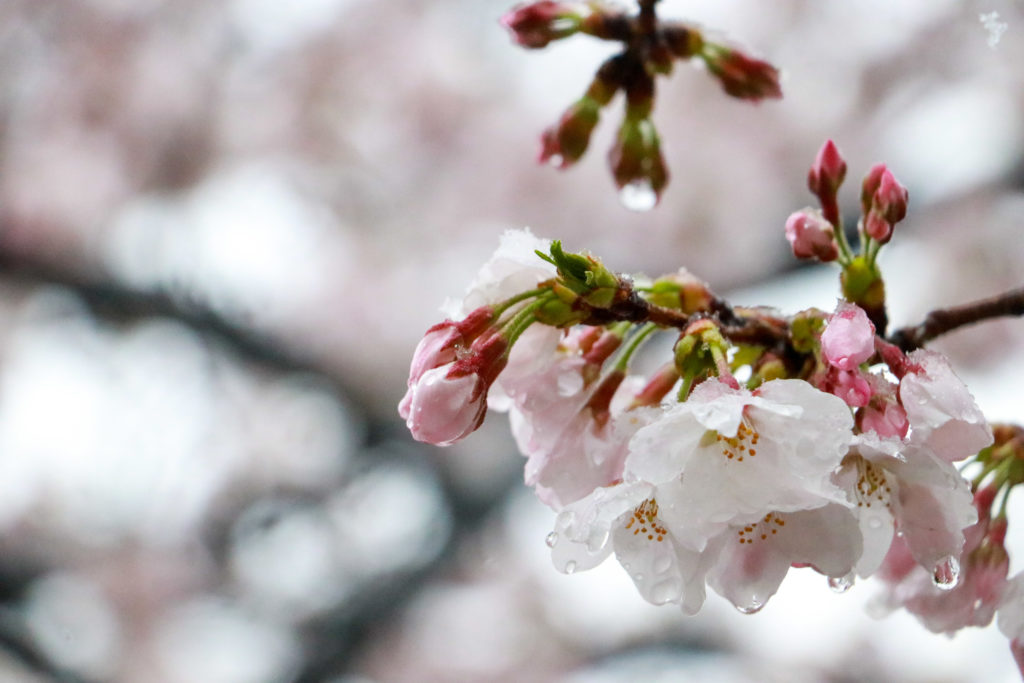
This is a popular time for both locals and tourists to travel due to the cherry blossom season. Exactly when cherry blossoms bloom depends on the area you’re visiting and the weather, with them blooming earlier than usual every year (global warming…). However, lately, the sakura is expected to start blossoming from the end of March.
To be honest, it can be hard to tell exactly when cherry blossoms will bloom, so any forecast is a rough estimation. Please keep this in mind to prevent any disappointment if you’re coming from abroad and the season hasn’t begun or is over. Cherry blossoms are a fickle bunch.
Attractions such as Tokyo Disney can be especially crowded at the end of March to the beginning of April, right around when cherry blossoms are (usually) at their peak, due to spring vacation.
Weather-wise, it’s a nice time to travel. It can be chilly on the main island at times, especially in the morning and at night.
Here are the average temperatures in Tokyo depending on the month:
March
Temperature range: 6°C to 17°C (43℉ to 63℉)
Precipitation: ☔️☔️
April
Temperature range: 11°C to 20°C (52℉ to 68℉)
Precipitation: ☔️☔️☔️
May
Temperature range: 15°C to 24°C (59℉ to 75℉)
Precipitation: ☔️☔️☔️
In terms of what to pack, make sure to have a light jacket for you and your kids. Layered clothing is key since the weather fluctuates. Bring a foldable umbrella, although you can buy these almost anywhere in Japan such as convenience stores. Wear sneakers.
I love all the beautiful flowers and greenery in spring, but spring also comes with hay fever, so be prepared for that. Bring allergy medication if you have it. I never had seasonal allergies before I moved to Japan but now, every spring, my eyes sting and I sneeze from the cedar pollen.
My husband despises the start of spring and I have to drag him out every year to see the cherry blossoms because otherwise, he would stay in the protection of his own house!
(Keep in mind that hay fever can last from spring up to fall. In fact, winter might be the only season when people are spared. But spring is the worst when it comes to the amount of pollen.)
Personally, I think traveling after Golden Week (so after the second week of May) up until the start of summer (mid-June) is a great time to travel. There aren’t many people, the weather isn’t too hot or too cold, and there’s a nice breeze on many days. It can rain, though, so be prepared for that.
Summer
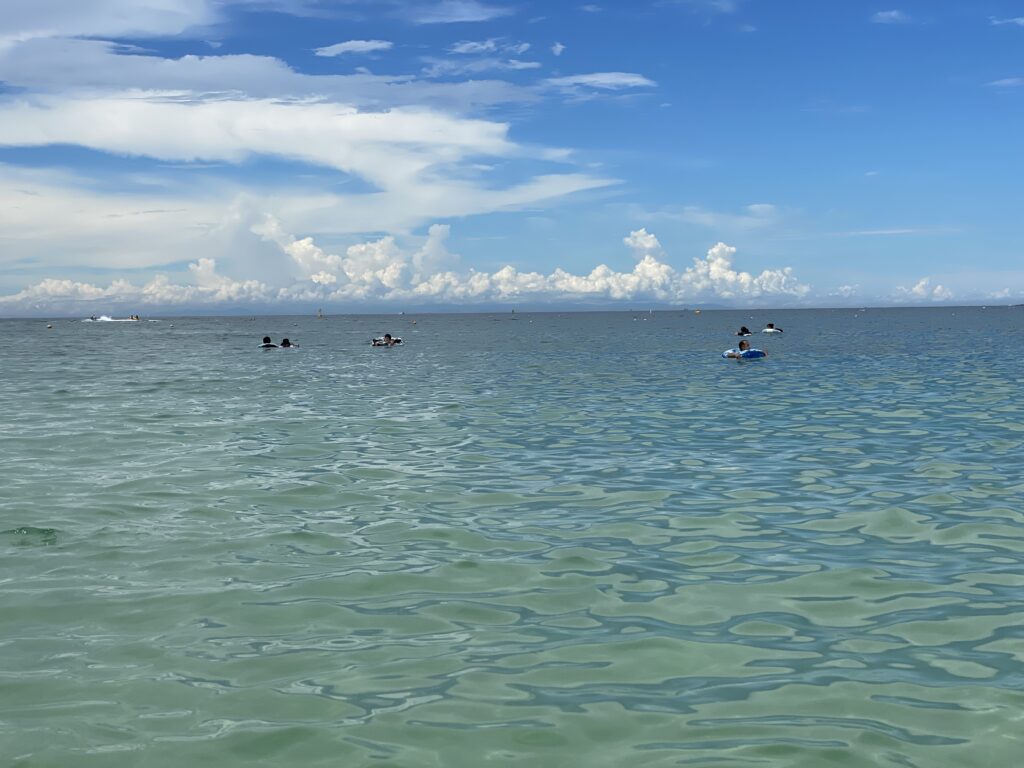
Depending on where you’re visiting in Japan, summer can be very hot and humid.
I would recommend avoiding Kyoto as much as possible because it really feels hotter than usual. (I think it’s because it’s surrounded by mountains?)
The best places to visit in summer are Okinawa and Hokkaido. I’ve been to both during the summer several times and found the weather to be pleasant. Okinawa is surrounded by the ocean and its breeze helps it feel less humid than the main island. Meanwhile, the temperature in Hokkaido reminds me of cool Canadian summers, although the last time I went to Hokkaido, it was warmer than I thought in August.
Here are the average temperatures by month:
June
Temperature range: 20°C to 23°C (68℉ to 73℉)
Precipitation: ☔️☔️
July
Temperature range: 25°C to 31°C (77℉ to 88℉)
Precipitation: ☔️☔️☔️
August
Temperature range: 24°C to 32°C (75℉ to 90℉)
Precipitation: ☔️☔️
Pack clothing that will help you feel cool, such as short-sleeved tops, dresses, and shorts. Bring a light jacket just in case it rains. Also, have sandals and sneakers on hand. Kids should absolutely have a hat that helps shield them from the sun. Wear sunscreen liberally and consider buying a parasol, which is easy to find at most stores in Japan. Bring sunglasses as well.
Overall, I don’t recommend visiting Japan during the summer unless you’re going to Hokkaido or Okinawa or traveling at the beginning of June.
If I go out in summer, I look for shopping malls or places that are air-conditioned. The last place I want to be is outdoors unless I am swimming in the ocean! My daughter feels the same way and she is very cranky during summer.
To learn more about how to stay cool during summer in Japan and for ideas about what to do, read my article on summer in Japan with kids.
Autumn
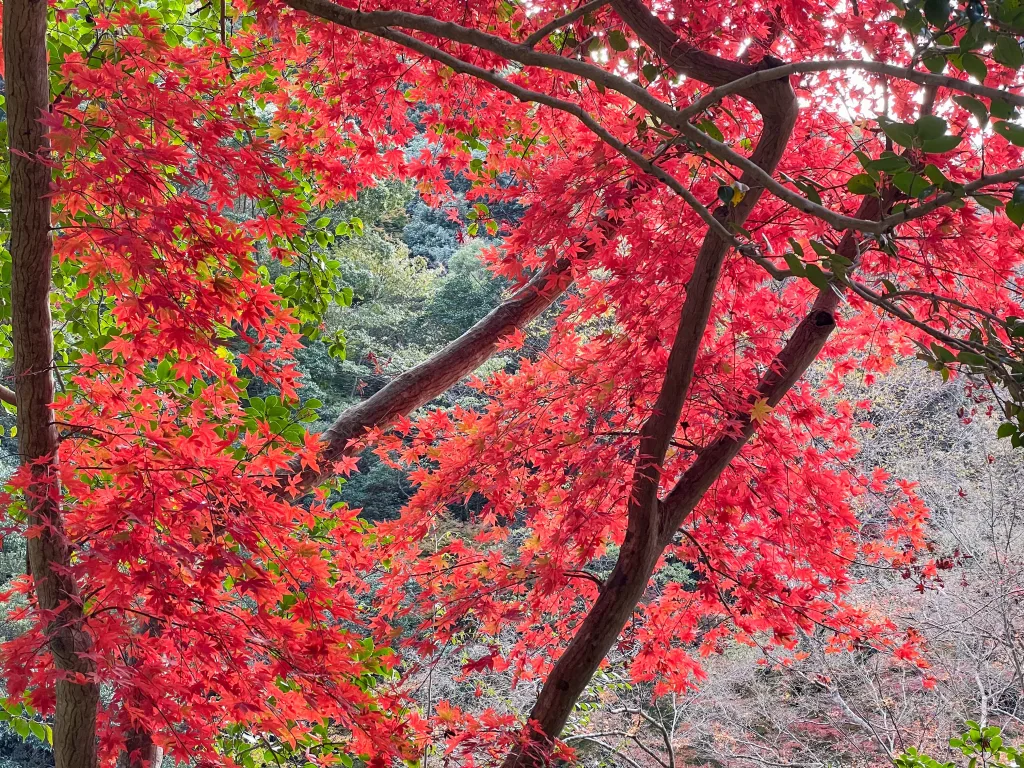
This is one of my favorite seasons in Japan. The weather is perfect and the fall foliage is stunning.
Of course, many people in Japan feel the same way, and like spring, it can be crowded at popular tourist spots where you can see Japanese maple trees. Think temples and shrines, especially in Kyoto.
This is also a great time to stay at ryokan since many have views of Japanese maple trees from the windows or from open-air onsen baths.
It can be rainy in autumn, though, so be prepared!
⚠️ What to Know for 2024: Autumn leaves are expected from mid-November to the beginning of December!
September
Temperature range: 21°C to 29°C (70℉ to 84℉)
Precipitation: ☔️☔️☔️☔️
September is typhoon season so it’s very windy!
October
Temperature range: 14°C to 22°C (57℉ to 72℉)
Precipitation: ☔️☔️
November
Temperature range: 11°C to 19°C (52℉ to 66℉)
Precipitation: ☔️☔️
Bring clothing that you can layer since the temperature tends to fluctuate from warm to chilly. This means light jackets, long and short-sleeved shirts, jeans (I don’t recommend shorts), dresses with leggings or stockings, and sneakers.
Since it rains more than usual, try to wear a waterproof jacket.
Winter
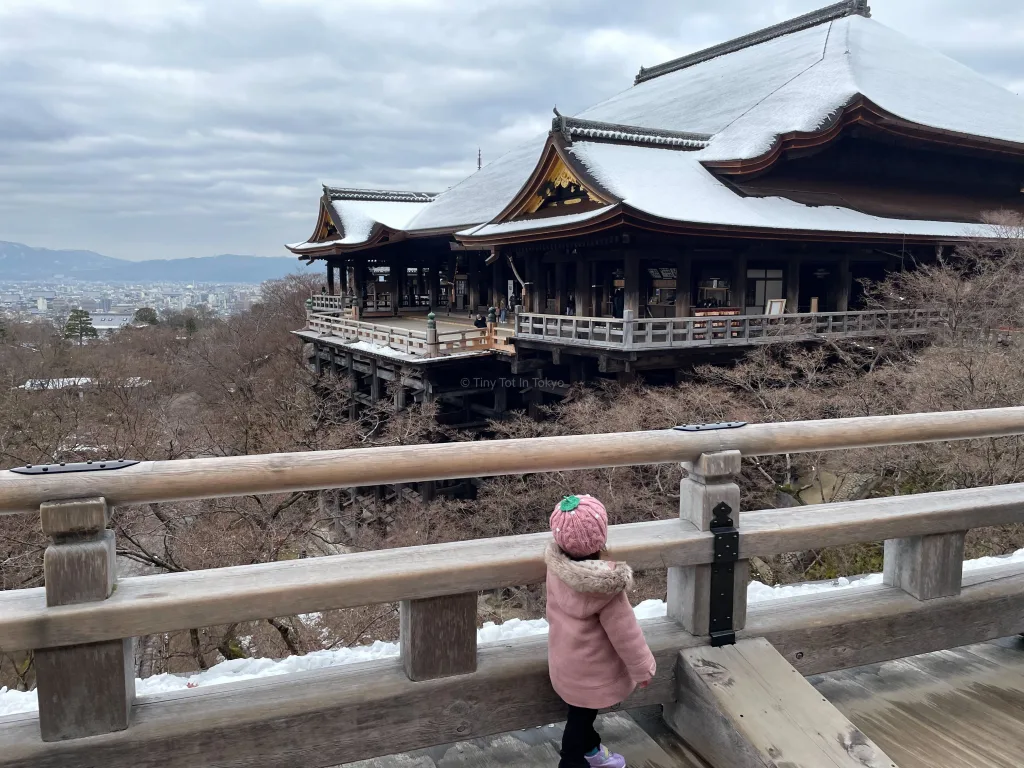
Winter in Japan is relatively mild in comparison to places like North America. However, although it doesn’t snow much apart from the northern part of Honshu (the main island), it can still feel quite cold.
This is a wet kind of cold that seeps into your bones. I’m Canadian and I remember I was shocked when I experienced my first winter in Japan! January and February in particular are cold. The skies are constantly grey and dreary, and there’s also a lot of rain or snow as well (depending on how cold it gets).
The good news is that in December and January, there aren’t as many tourists, so flights and accommodation may be cheaper than usual. However, keep in mind that it’s Chinese New Year from the end of January to the end of February, meaning there are lots of visitors from Japan’s neighbors during this time.
Japanese people and residents in Japan also have their winter vacation period from the end of December to the beginning of January, so it’s best to avoid traveling in Japan during this time as well.
The average temperatures and precipitation are below.
December
Temperature range: 4°C to 12°C (39℉ to 54℉)
Precipitation: ☔️☔️
January
Temperature range: 1°C to 9°C (34℉ to 48℉)
Precipitation: ☔️
February
Temperature range: 1°C to 10°C (34℉ to 50℉)
Precipitation: ☔️☔️
Make sure you pack lots of warm sweaters, socks, and a winter jacket. You don’t need something heavy-duty like Canada Goose but try to make sure it’s waterproof since it’s more likely to rain than snow during winter in Japan. Have some light gloves for the kids as well, hats, and a scarf.
You don’t need boots unless you’re going somewhere like Hokkaido where there’s clearly snow.
It can get unseasonably warm in December, so wear layers and bring a bag where you can put your winter gear when you’re out.
Personally, I think next to autumn, the beginning of December is the best time to travel to Japan. It can be just as warm as autumn at times and if you’re lucky you can see some fall foliage at the start of the month. We saw plenty at the beginning of December last year.
Best of all, there aren’t as many tourists as there are in spring or fall.
The seafood is also delicious in winter, so if you like fresh sashimi or crab, you should visit Japan during this season.
Lastly, this is my favorite time to enjoy onsen with the family, which is the best feeling when it’s chilly out.
Keep in mind that February can be cold and rainy or snowy (it snowed almost every day in Kansai in 2025!), but this is also a great time to see early blooming sakura (kawazuzakura) and plum blossoms from the middle to the end of the month.
Read my guide for tips on how to stay warm during your winter trip.
General Items to Pack for Japan
When traveling to Japan, here are some important general items to bring with you:
- Small, portable battery for your smartphone (make sure to also buy an eSIM. I use Airalo when I travel abroad)
- Charger for your electronics
- Small toys and books for your kids (download their favorite shows and books in advance if you let them use a tablet or your smartphone). If you want to know how I survived a 24-hour flight with my daughter when she was three, read this article.
- Medication for your kids (I talk about this in my articles on traveling with a baby and traveling with a toddler in Japan). Make sure you’re allowed to bring a particular medication to Japan as they can be quite strict about this (however, I have never had issues bringing Children’s Advil or regular painkillers to Japan from North America).
- Internation driver’s license if you plan to drive
- Travel Insurance (I always get travel insurance for my family when traveling abroad because you never know what will happen)
- Cash (Japanese yen) and credit cards. It’s super easy to exchange money in Japan at the airport and throughout Tokyo, Osaka, etc., though.
- Portable umbrella (although this is simple to buy from convenience stores, drug stores, etc in Japan)
- Hotels tend to provide toothbrushes, shampoo, conditioner, and body wash for adults but not all of them have these for kids. So make sure you pack these for your child, especially a toothbrush and pajamas!
- Nail cutters (you can buy these at drugstores or children’s stores in Japan but it might be easier if you bring your own, especially since kids have nails that grow super fast.)
- Bag for dirty laundry (especially if you want to use a coin laundry machine — this will help you carry everything!)
- Bathing suits if your hotel has a pool
Although this is easier said than done, try to pack light since public transportation in Japan’s major cities (Tokyo, Osaka, Kyoto) can be quite packed. You can also use a luggage forwarding service like Yamato, so you can send your luggage from the airport to your hotel or from hotel to hotel.
You also want to have enough room in your luggage for souvenirs. When my family travels abroad, we have one big suitcase for our things and a completely empty one for souvenirs! Consider investing in a packing cube for clothes to help save space in your suitcase.
🧳 Kay’s Tip: If you want to ensure you’re dressed appropriately, read my article on what clothing you SHOULDN’T for pack for Japan!
However, I want to emphasize that you should not leave old clothes, shoes, etc, behind to make space for souvenirs. It contributes to leaving waste in another country and then the hotel staff have to figure out how to dispose of these things. I also don’t recommend donating these items to stores like H&M because it all ends up polluting countries like Ghana. (For more on this, watch “Buy Now” on Netflix.)
Wrap-Up: When to Visit Japan with Kids and What to Pack
When it comes to the best time to visit Japan with kids, there are a lot of factors to keep in mind but in general, around the end of November to mid-December, as well as mid-May to mid-June are ideal in terms of weather and crowds.
One last tip — if you have a baby or toddler and are wondering whether to bring a stroller to Japan, I would say it’s fine as long as it is easily collapsable and you can carry it. There are lots of stairs in Japan so it’s easier to use a baby carrier but kids can be heavy and sometimes using a stroller is the best option.
Also, if you’re traveling somewhere snowy like Hokkaido, a stroller might be difficult to push. I suggest bringing both a stroller and baby carrier, then seeing what works best for your family.
If you want an in-depth look at what to consider when using a stroller in Japan, please read this article.
I hope this look at when to visit Japan, including holidays and weather, and what to pack has been helpful for you.
Japan is a great place to visit (almost) every season and you’ll find that there’s always something to look forward to.
